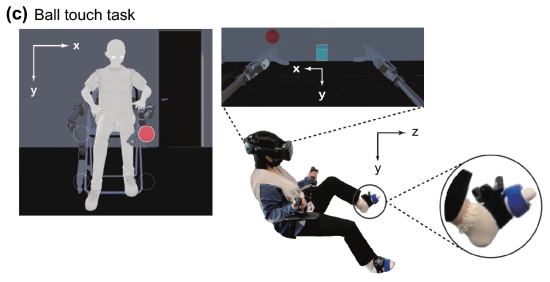Call for Papers
Making Visible: Bodies, Environments, and Apparatuses
Special Issue of Reti, saperi, linguaggi
Editors: Prof. Chiara Cappelletto and Giulio Galimberti
Submission deadline: February 3, 2023
Dear all,
in this special issue of Reti, saperi, linguaggi, a peer-reviewed A-ranked journal released by Il Mulino, we want to address the topic of imaging technologies.
Sixty years ago new visualization strategies came to the public floor displaying “pictures” of our living bodies and our cerebral and reproductive functions. These strategies make visible– that is, they visibilize–biological processes that are not visual per se, but rather chemical, thermal, magnetic, acoustic, electric.
The resulting visual outputs do not simply implement the iconosphere, but actually pervert it, since they cannot be looked at as icons, no matter how operational or environmental they are conceived of being. They call for a new understanding of the entanglement of pictures, imagers, actual practitioners involved in their production, the technologies entailed, and the onlookers, whether experts or lay.… read more. “Call: “Making Visible: Bodies, Environments, and Apparatuses” issue of Reti, saperi, linguaggi”


